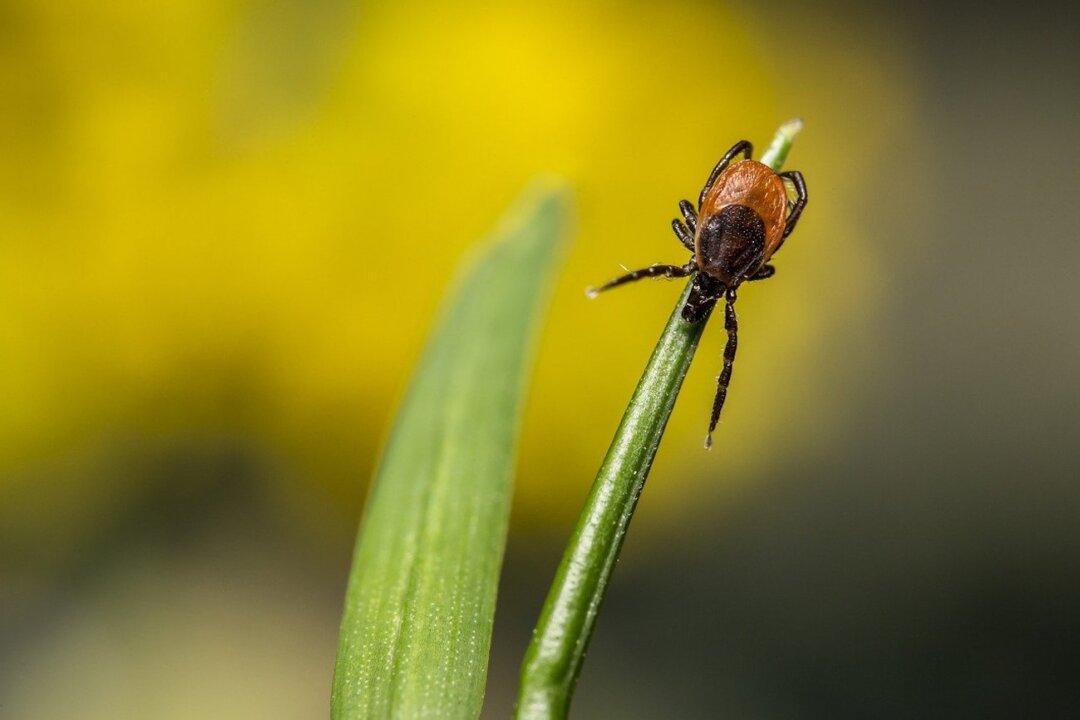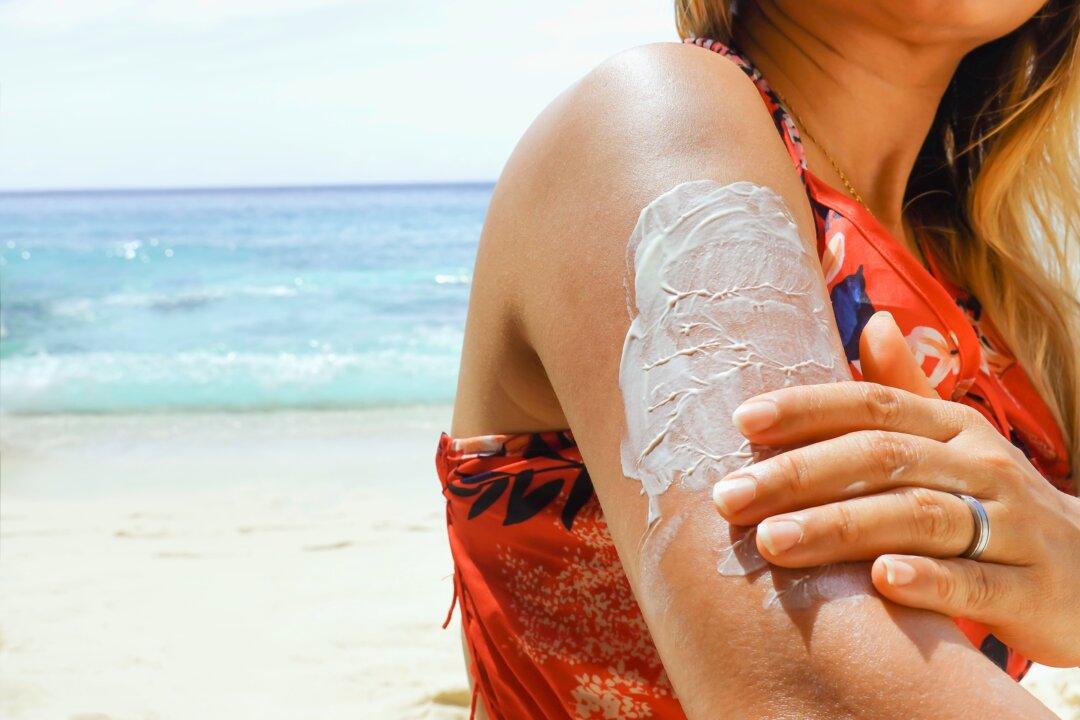A new app could help you avoid ticks and the risk of contracting Lyme disease.
“We don’t want people to be afraid. We just want them to take a few precautions so they can still enjoy being outside,” says Jean Tsao, an associate professor in the fisheries and wildlife department at Michigan State University who researches ticks and tick-borne illness and helped develop The Tick App.





